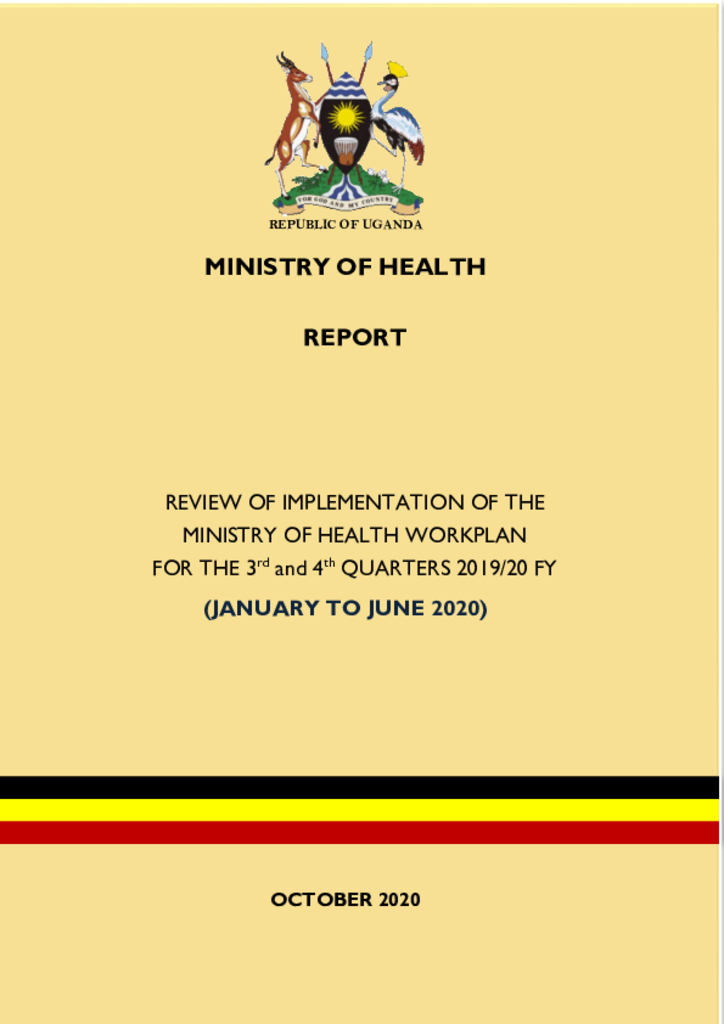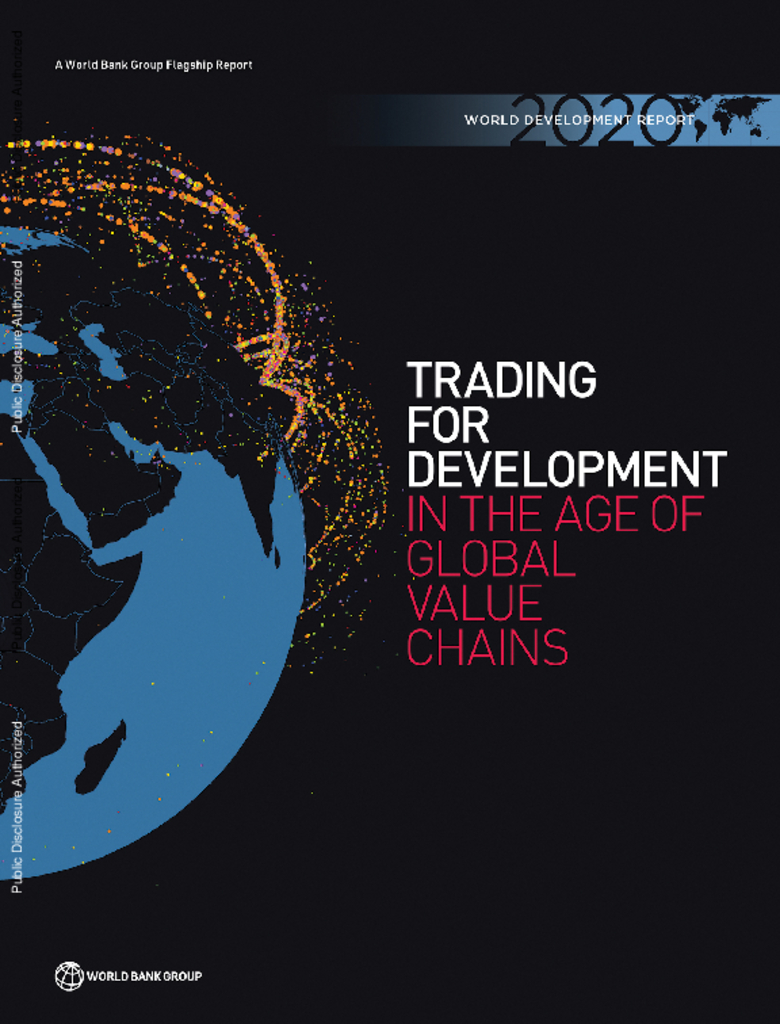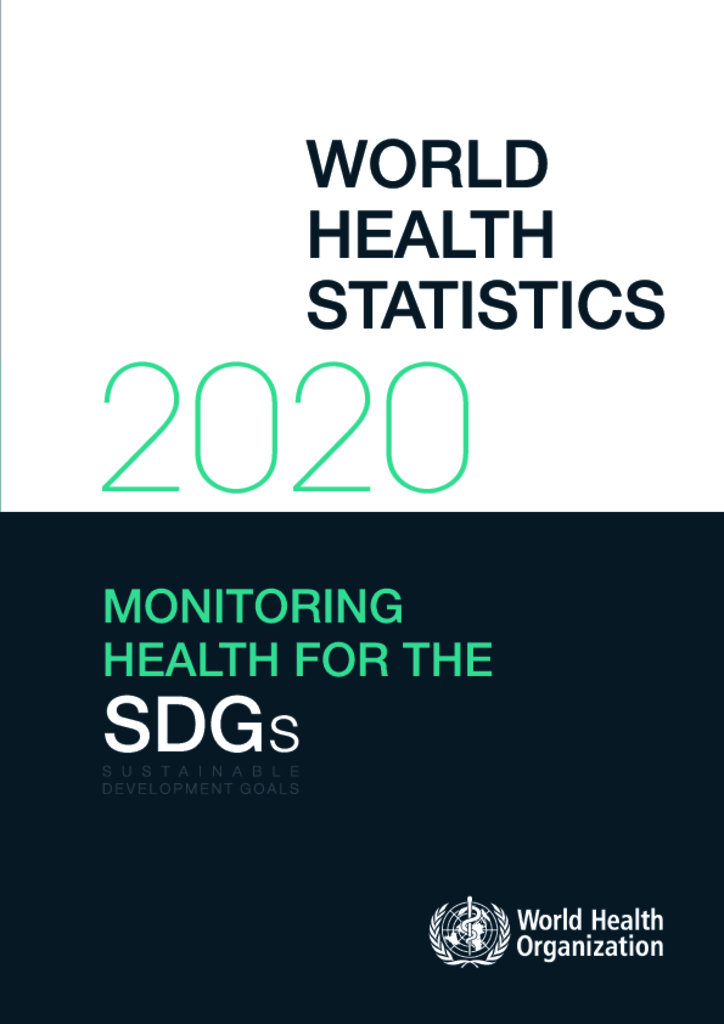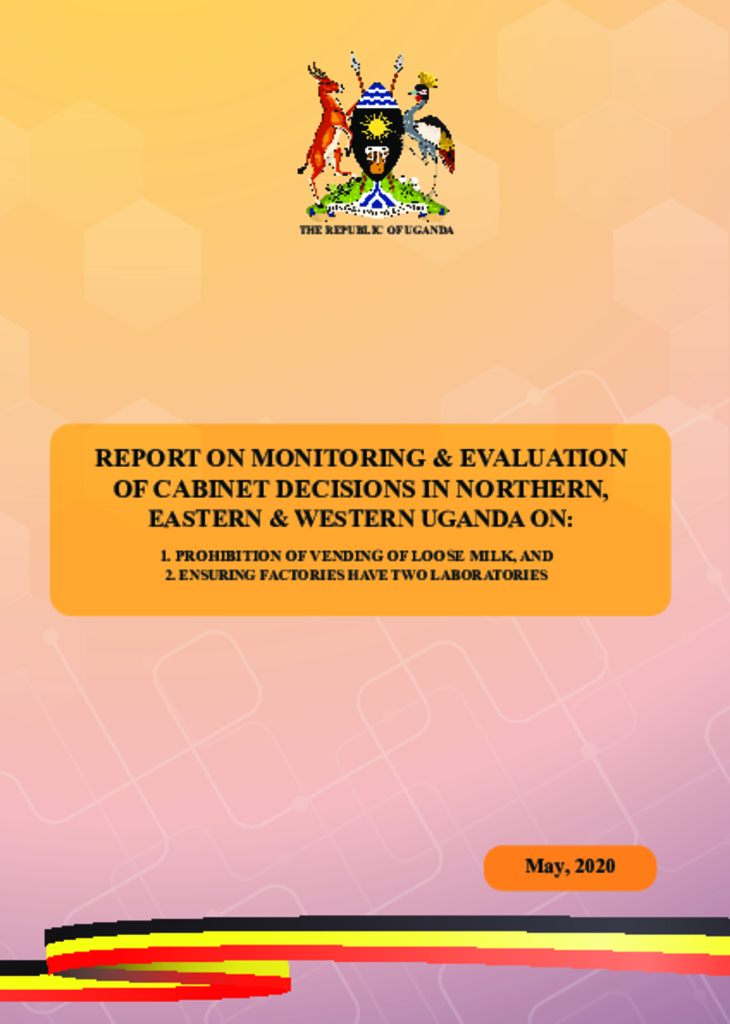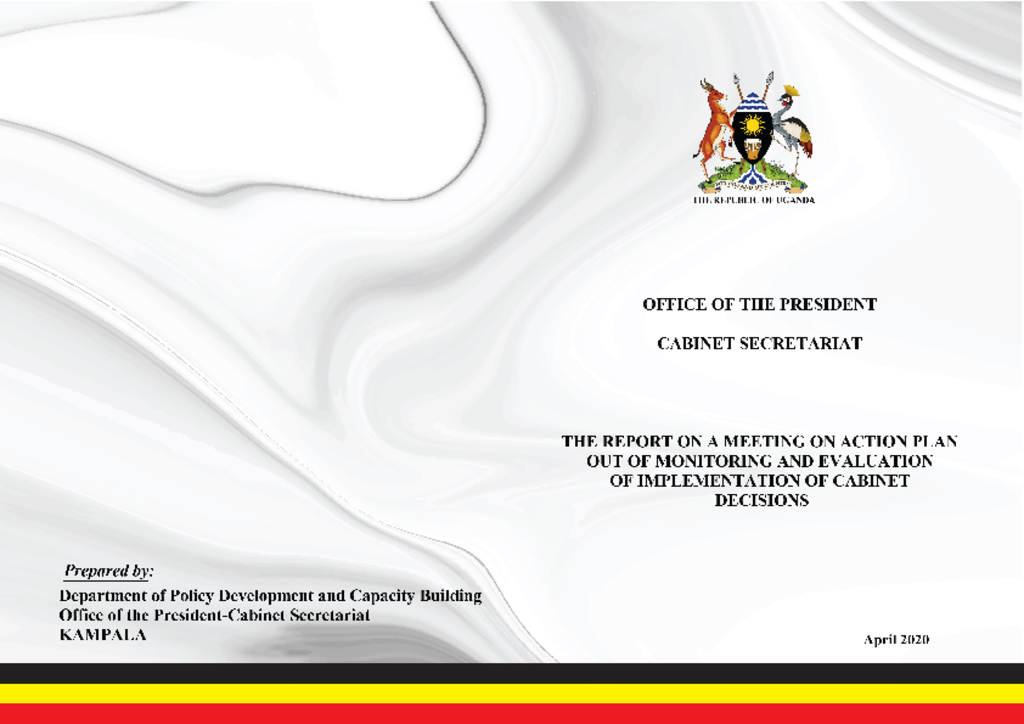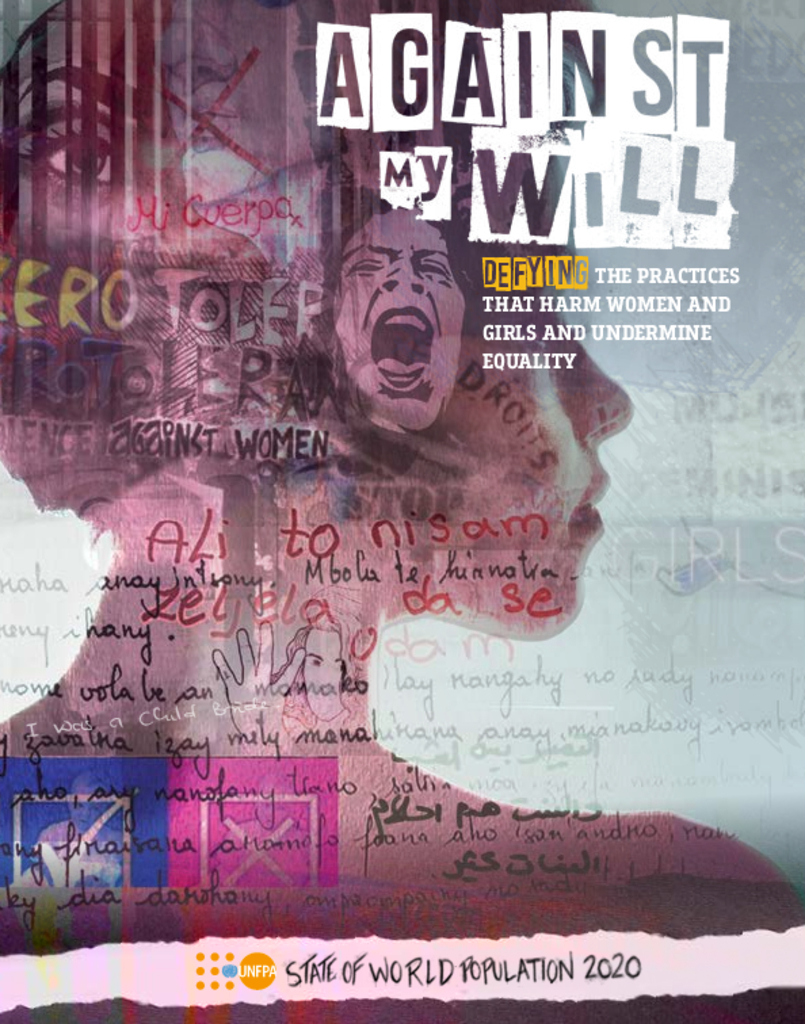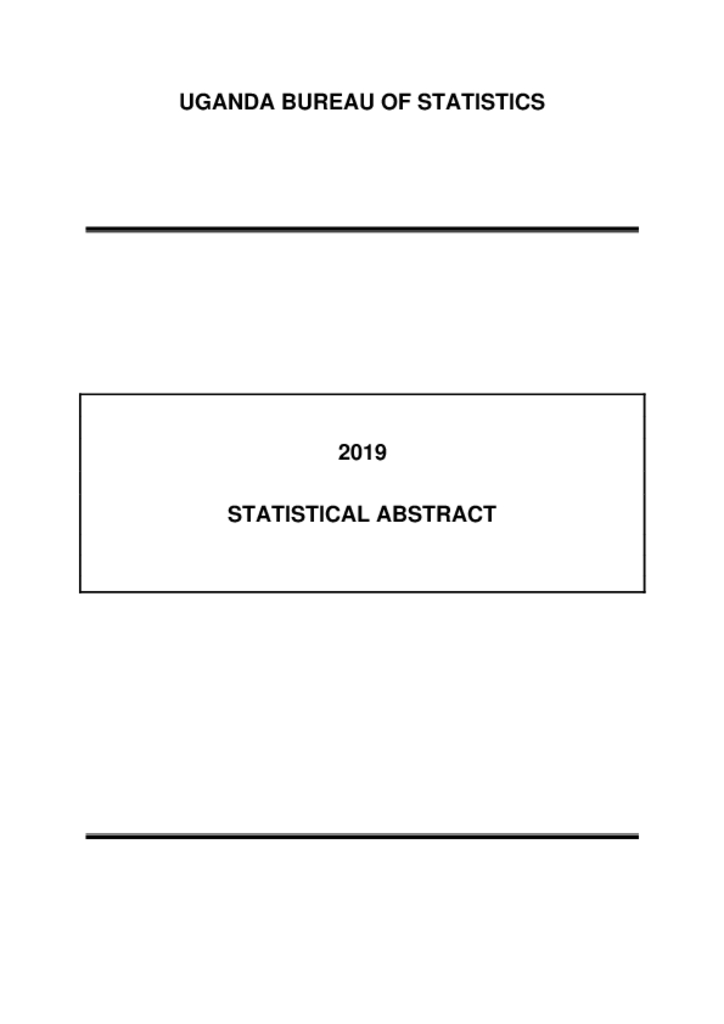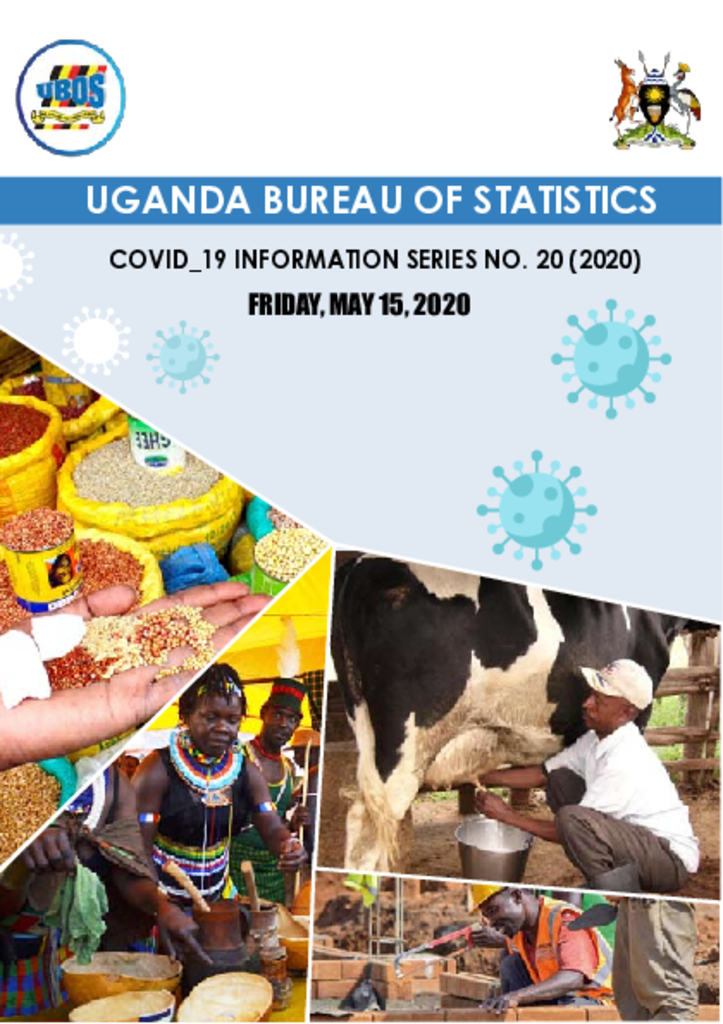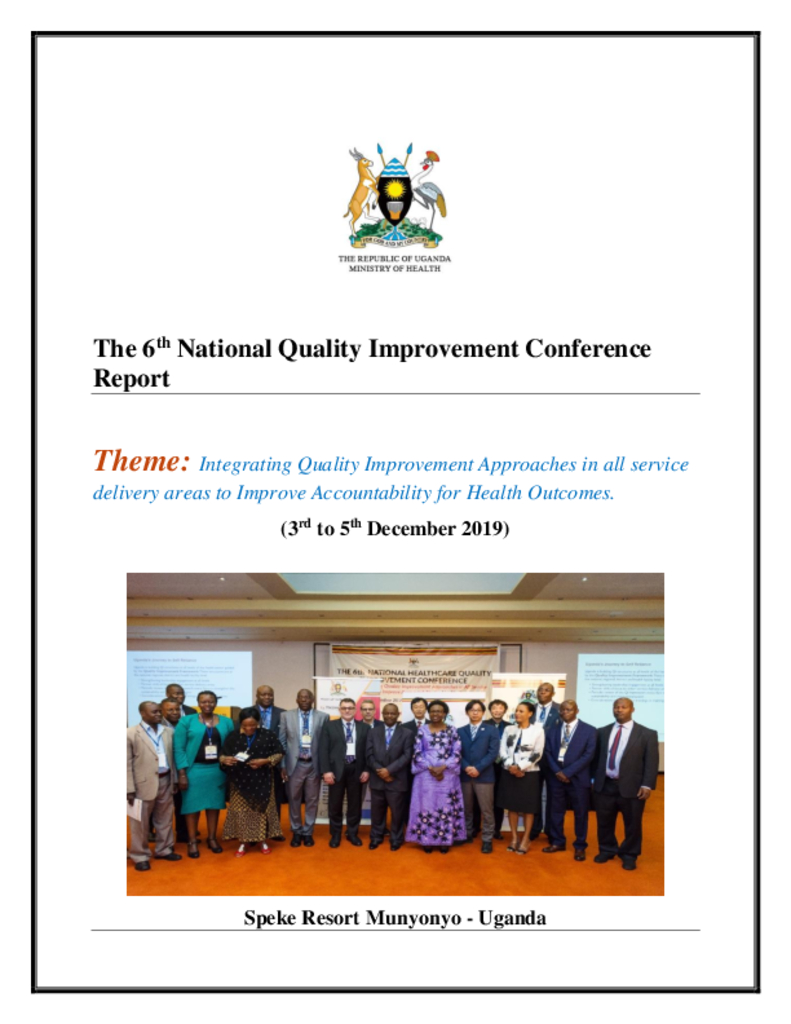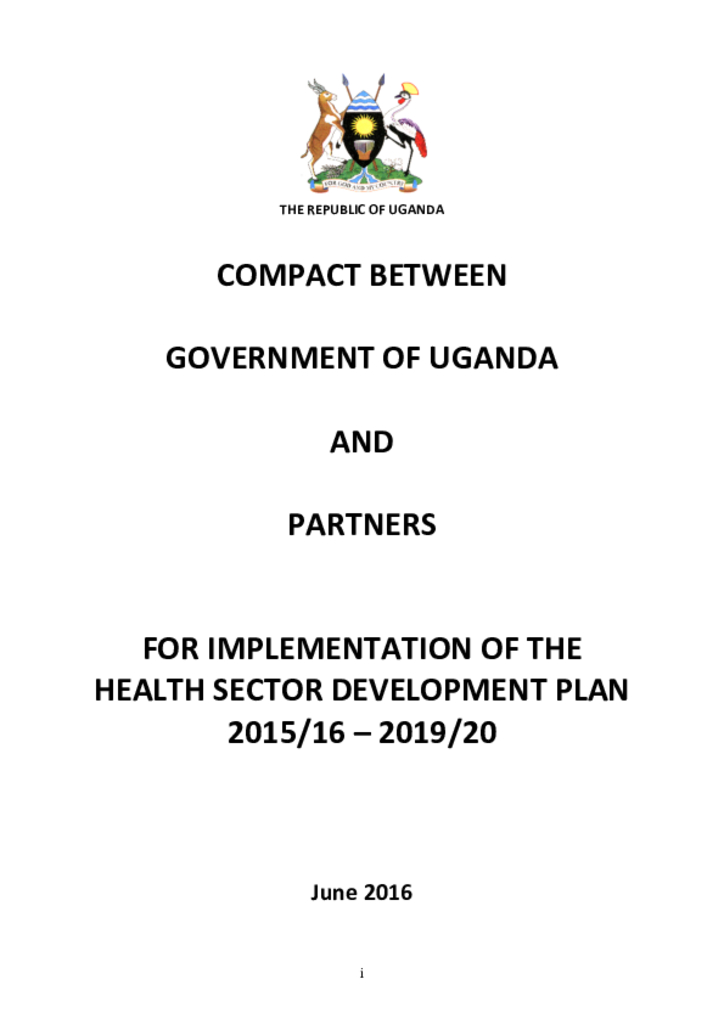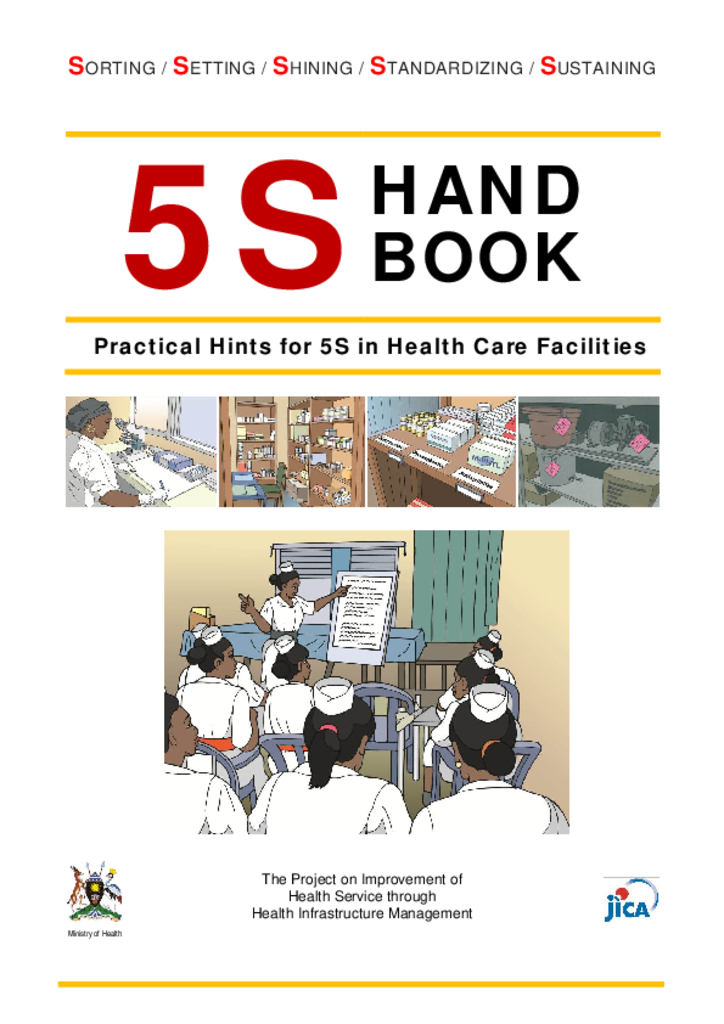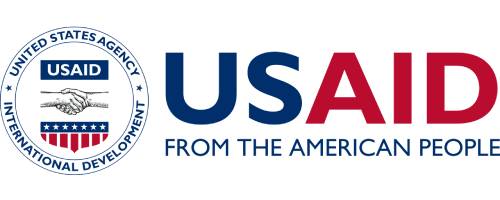The workshop to review the implementation of the Ministry of Health (MoH) work plan for the third and fourth quarters for 2019/20 financial year (FY) will take place between October 6-8, 2020 in Kampala. The main objective of the workshop is to review implementation of the MoH work plan for Departments, Programmes and National level institutions against planned outputs and budget for the period January to June 2020.
This Report concludes that Global Value Chains (GVC) can continue to boost growth, create better jobs, and reduce poverty, provided that developing countries undertake deeper reforms and industrial countries pursue open, predictable policies. Technological change is likely to be more of a boon than a curse for trade and GVCs. The benefi ts of GVC participation can be widely shared and sustained if all countries enhance social and environmental protection.
The World health statistics 2020 report is the latest annual compilation of health statistics for 194 Member States.1 It summarizes trends in life expectancy and causes of death and reports on progress towards the health and healthrelated Sustainable Development Goals (SDGs) and associated targets.The 2020 edition finds steady improvements in many key health indicators, while showing that we are still lagging in other areas. We have made remarkable progress in several important indicators, such as reductions in maternal, neonatal and child mortality since 2000, but there is still a long way to go to meet the SDG targets.
This report is on monitoring and evaluation of implementation of two Cabinet Directives under: Minute 317 (CT 2013) 3(1). The Minister of Agriculture, Animal Industry and Fisheries was directed to urgently issue an order prohibiting vending of loose milk in the country; and Minute 317 (CT 2013) 3(2).The Minister of Trade, Industry and Cooperatives was directed to ensure that all factories had two laboratories to test raw materials and final products. The monitoring and evaluation took place in Northern, Eastern and Western Uganda in April, 2019 to assess the status of implementation of the Cabinet Directives
A meeting on Monitoring and Evaluation of Implementation of Cabinet Decisions held on 26thMarch, 2019 identified a number of actions that required prioritization for effective implementation. It was against this background that a follow-up meeting was held on 26thNovember, 2019, which prioritized identified actions for implementation as presented in this report
This National Development Plan (NDP) is the third in a series of six NDPs that will guide the nation in delivering the aspirations articulated in Uganda Vision 2040. The NDPIII (2020/21 – 2024/25) is anchored on the progress made, challenges encountered and lessons learnt from previous planning and implementation experiences of NDPI and NDPII. The Plan defines the broad direction for the country and sets key objectives and targets for the sustainable socioeconomic transformation of Uganda.
Every day, tens of thousands of girls have their health, rights and futures stolen. Some are subjected to female genital mutilation. Some are forced into “marriages” as children, and still others are neglected or starved, simply because they are female.
The Statistical Abstract is an annual publication compiled by Uganda Bureau of Statistics, which provides the statistical summary on various socio-economic indicators for Uganda. Some figures in this edition may vary from those in the earlier editions due to the updates. Note that some of the CY 2018 and FY 2018/19 data presented in this edition are provisional and could be revised in subsequent publications.
it is now criminal to appear in public without a mask, breach of which attracts a penalty of 14 days in quarantine. This is after the Public Health (COVID-19) Rules, 2020 were amended on May 08, 2020 and signed off by the Health Minister, Hon. Dr Ruth Aceng.
The Annual Health Care Quality Improvement Conference promotes the sharing of best practices, successes, and challenges across Uganda. The event is organized by the Ministry of Health -Standard Compliance Accreditation and Patient Protection (SCAPP) Department. The conference was held at Speke Resort Munyonyo with the Theme: Integrating Quality Improvement Approaches in all service delivery areas to Improve Accountability for Health Outcomes’
This is a Compact between the Government of Uganda (GoU) and its partners in the health sector for the purpose of maintaining policy dialogue, promoting joint planning, and effective implementation and monitoring of the Health Sector Development Plan (HSDP) 2015/16 - 2019/20. The partners include Health Development Partners (HDPs), Private-Not-For-Profit Organizations (PNFP), the Private Health Practitioners (PHP) and Civil Society Organisations (CSO) and are collectively referred to as Health Sector Partners.
In order to set the best stage for health care personnel to make maximum use of their skills and knowledge, the Ministry of Health of Uganda (MoH) recommends the 5S method as the foundation for all quality improvement initiatives in the country. The 5S method was developed in the mid-1980s by the automobile industry in Japan. 5S is a sequence of activities which include:- Sort- Set- Shine- Standardize- Sustain to improve the work environment and working conditions and make them as convenient as possible, and thereby improve with regards to preparedness, standardization and timeliness
